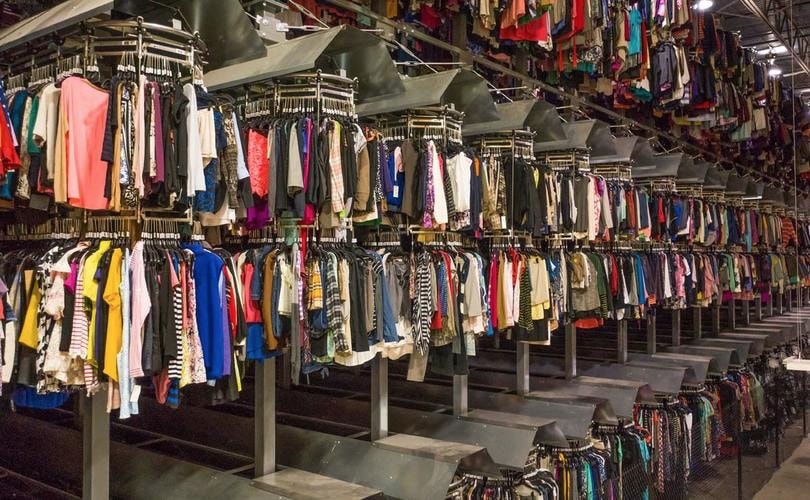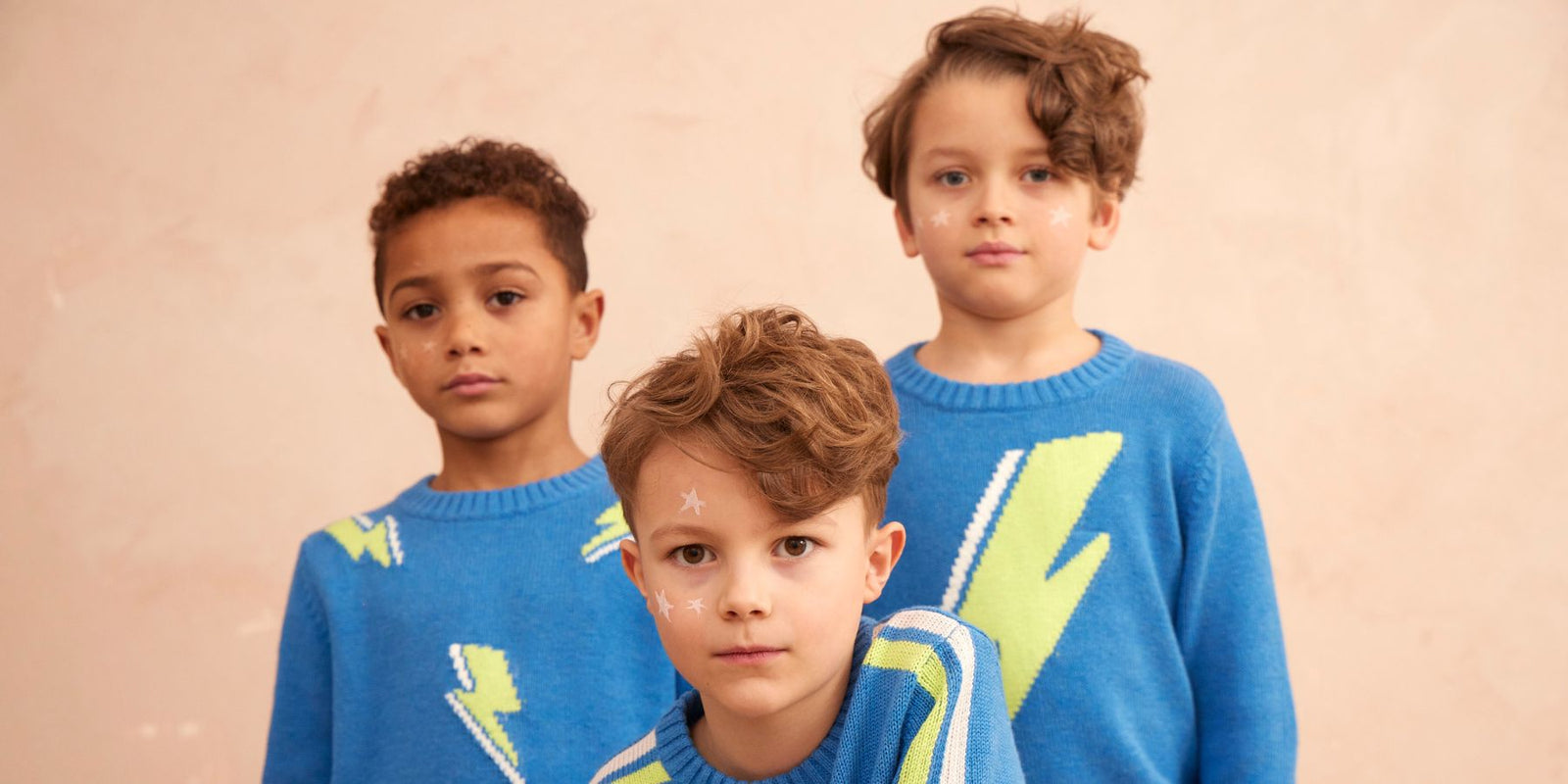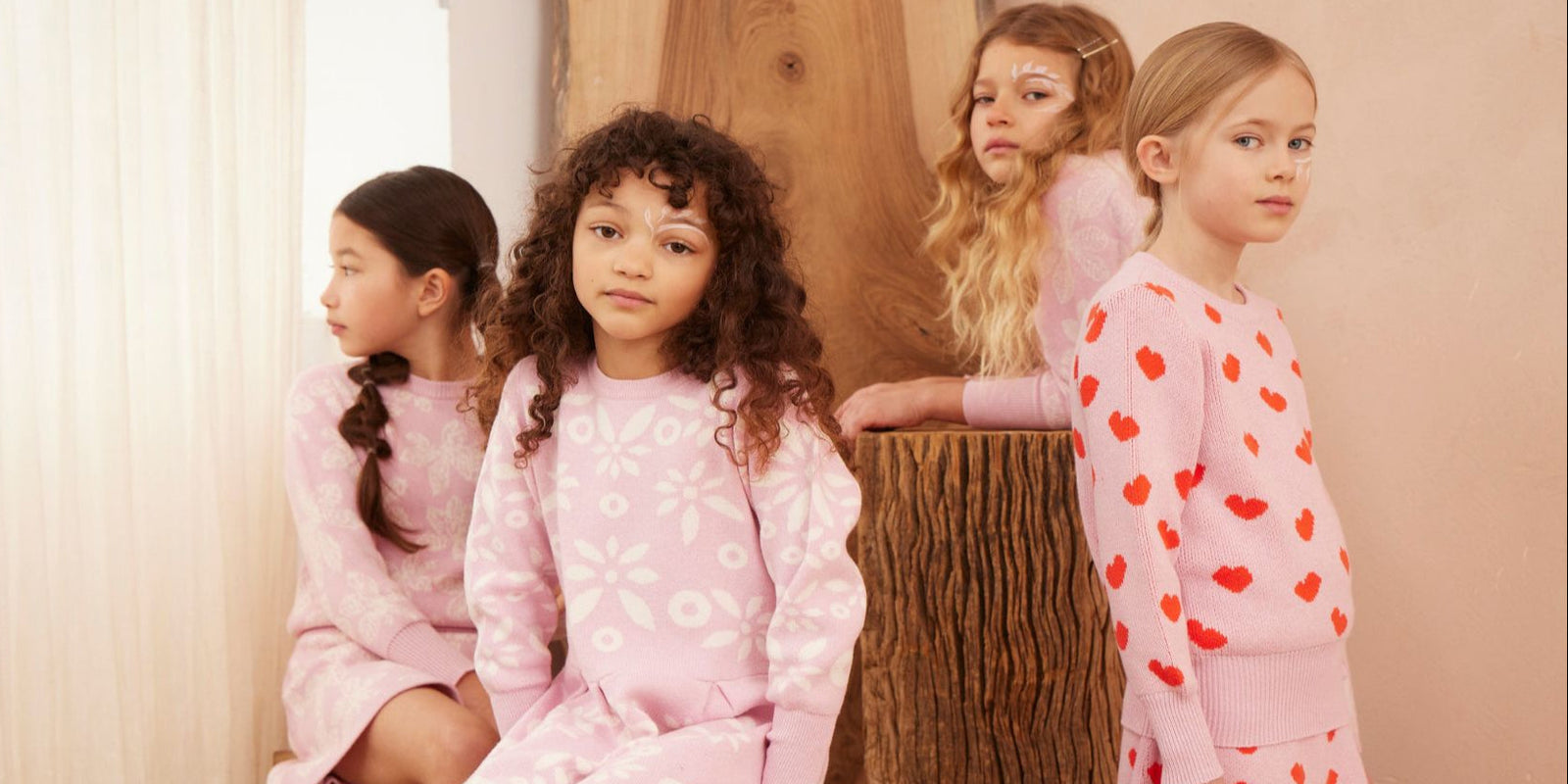An urgent transition away from ‘fast fashion’ is desperately needed to improve the long-term sustainability of the fashion supply chain. That's according to a study published in Nature Reviews Earth & Environmenttoday.
The fashion industry is the second largest industrial polluter after aviation, accounting for up to 10% of global pollution. Nevertheless, this industry continues to grow at breakneck speed in spite of growing awareness of the environmental impacts. And, this is largely owing to the rise of fast fashion, which relies on cheap manufacturing, frequent consumption, and short-lived garment use. I hate to name and shame but brands such a Zara, H&M and Top Shop spring to mind.
According to the report, the environmental impacts span from production to consumption, including water use, chemical pollution, carbon emissions and textile waste.
For example, the industry produces over 92 million tonnes of waste and consumes 1.5 trillion tonnes of water per year, with developing countries often bearing the burden for developed countries.
These impacts highlight the need for substantial changes in the industry, including deceleration of manufacturing and introduction of sustainable practices throughout the supply chain:
“Slow fashion is the future”, Niinimäki and co-authors conclude, but “we need a new system-wide understanding of how to transition towards this model, requiring creativity and collaboration between designers and manufacturers, various stakeholders, and end consumers.”
A joined-up approach is required with the textile industry investing in cleaner technologies, the fashion industry developing new sustainable business models, and policy-makers modifying legislation. Consumers also have a crucial role and must change their consumption habits and be ready to pay higher prices that account for the environmental impact of fashion.
That's why at Mika & Milo, we hope to be part of the solution as opposed to the problem. We in believe buying less, and investing in high quality sustainable products which last so that they can be passed down from sibling to sibling and ultimately, generation to generation. After all, what could possibly be nicer than your kids handing down their cashmere jumpers to their own Little Ones.
Moreover, the factory that we work with up in Inner Mongolia has a fantastic environmental track record. Plus our yarn suppliers use environmentally friendly dyes to lessen the impact on the water supply. They also keep their goats in free roaming farms for in the past, the goats used to roam free across the Inner Mongolian plains. And, whilst this does sounds lovely and romantic, when the goats eat grass they tend to pull it out from its roots.
And, this in turn leaves the soil loose and prone to desertification. In fact, sand storms used to blown south as far down as Hong Kong. So our partners up there now plant trees up to keep the soil up intact. And, of course, the trees have the added benefit of soaking up some of our global carbon emissions.





